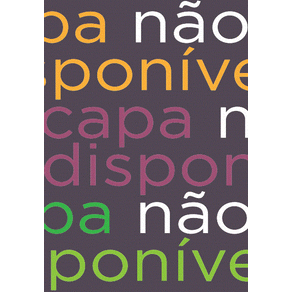Sinopse
Giorgio Morandi (1890-1964) traditionally competes with Giorgio de Chirico for the title of greatest twentieth-century Italian artist. This is the first overall survey of Morandi's work since Francesco Arcangeli's monograph of 1964. It is therefore the first to take into account the considerable amount of writing on Morandi in recent years scattered in the catalogues of retrospectives staged at leading European museums, from the Hermitage to Tate Modern. The book examines Morandi's entire uvre - his still-lifes and landscapes, and his engravings of the same subjects. It starts from his Cezanne-influenced origins, looks briefly at his connection with portraying the 'metaphysics' of things, and then examines the period from 1920 until his death, characterised by an introspection scarcely related to the prevailing aesthetics of the time. In this phase, Morandi's work was rightly compared to Giacometti's in a memorable 1980s Tate Gallery show. He wavered constantly between a boundless love for domestic reality and a desire to surpass it, while his growing interest in the most absolute values of painting led Morandi to the verge of abstraction.
Ficha Técnica
Especificações
| ISBN | 9788874391196 |
|---|---|
| Pré venda | Não |
| Peso | 150g |
| Autor para link | D'AMICO FABRIZIO |
| Livro disponível - pronta entrega | Não |
| Dimensões | 23 x 16 x 1 |
| Tipo item | Livro Importado |
| Número de páginas | 80 |
| Número da edição | 1ª EDICAO - 2004 |
| Código Interno | 236398 |
| Código de barras | 9788874391196 |
| Acabamento | HARDCOVER |
| Autor | D'AMICO, FABRIZIO |
| Editora | 5 CONTINENTS EDITIONS |
| Sob encomenda | Não |

